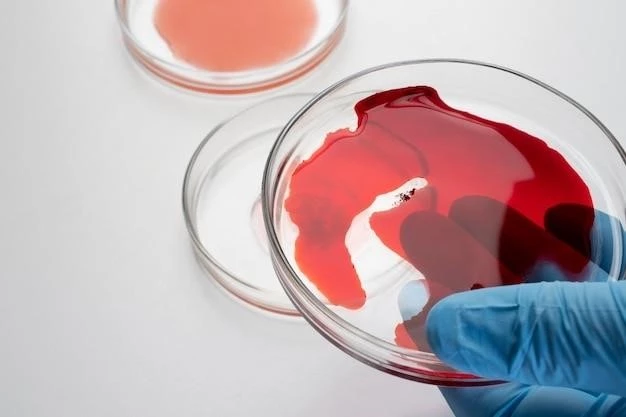Rare Diseases: The Search for Cures
Rare diseases, also known as orphan diseases, are a group of conditions that affect a small number of people․ The definition of “rare” varies by region, but generally refers to diseases affecting fewer than 1 in 2٫000 people․ While each individual rare disease may be uncommon٫ collectively٫ they impact millions of people worldwide․

The Challenges of Rare Diseases
The rarity of these diseases presents significant challenges for patients, families, and researchers․ Some of the key challenges include:
- Diagnosis: Due to their uncommon nature, rare diseases can be difficult to diagnose․ Symptoms can be varied and often overlap with more common conditions, leading to misdiagnosis or delayed diagnosis․
- Treatment: Limited research and development efforts for rare diseases often result in a lack of effective treatments․ Many patients rely on palliative care, which focuses on managing symptoms rather than curing the disease․
- Access to Care: Finding specialists who are knowledgeable about specific rare diseases can be challenging․ Patients may need to travel long distances to receive specialized care․
- Financial Burden: The high cost of diagnosis, treatment, and specialized care can place a significant financial burden on patients and their families․
The Search for Cures
Despite the challenges, significant progress is being made in the search for cures for rare diseases․ Advances in medical research, genomics, and technology are leading to new diagnostic tools, treatments, and therapies․
Key Strategies in Rare Disease Research
- Genomics and Personalized Medicine: Advances in genomics are enabling researchers to identify the genetic causes of rare diseases, paving the way for personalized medicine approaches․ This allows for targeted therapies that address the specific genetic mutations responsible for the disease․
- Clinical Trials: Clinical trials are essential for testing the safety and efficacy of new treatments for rare diseases․ The small patient populations and the difficulty in recruiting participants present challenges, but innovative trial designs and collaborations are helping to overcome these obstacles․
- Drug Repurposing: Existing drugs that are approved for other conditions are being investigated for their potential to treat rare diseases․ This approach can accelerate the development of new treatments and reduce the cost of research and development․
- Biotechnology and Gene Therapy: Advances in biotechnology and gene therapy offer hope for treating rare diseases by targeting the underlying genetic defect․ Gene therapy holds particular promise for diseases with a single gene mutation․
Patient Advocacy and Collaboration
Patient advocacy groups play a crucial role in raising awareness, promoting research, and advocating for the needs of patients with rare diseases․ Collaboration between researchers, clinicians, patients, and advocacy groups is essential for accelerating progress in rare disease research․

The Future of Rare Disease Treatment
The future of rare disease treatment is bright․ Continued advancements in medical research, technology, and patient advocacy are leading to a growing understanding of these diseases and the development of new treatments․
With continued investment in research, clinical trials, and patient support, there is hope for a future where patients with rare diseases can live longer, healthier lives․










